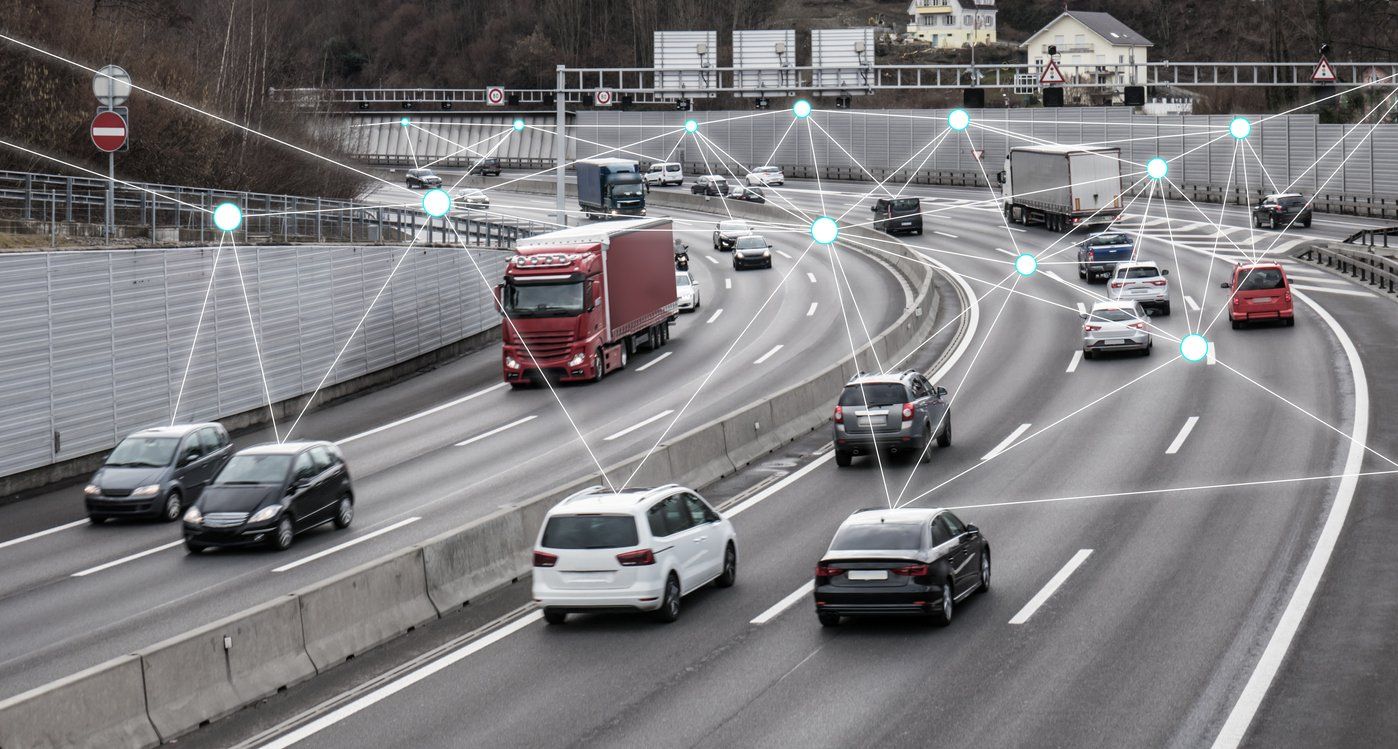Solutions for Vehicles, Smart, and Connected Cars in Automotive Industry
Today’s cars autonomously find a parking slot, pay for gas, tell you the weather forecast, and soon, they will do more.
The size of the automotive IoT market has been growing since its beginning and is believed to reach almost 23.6 billion U.S. dollars in revenue in 2025, which means more innovation is on the way.
This article reviews the existing solutions vehicles, smart and connected cars in the automotive industry, their benefits, downsides, and the prospects for further development.
What are connected and smart cars?
iStock
what is a connected and smart car?
The difference between connected and smart cars lies in the level of automation. A connected car can do many things by cooperating with other vehicles, pedestrians, elements of infrastructure, and cloud storage. By doing so, a car advises on parking, abiding by traffic rules, and enhances safe driving.
A smart car has some sort of AI engine inside and therefore has a broader scope of functionality. The computer scans how the electronics work, enables self-driving and offers several handy features. It can be voice-controlled, auto-adjust lighting, heat your seat before you leave for work, and be pre-programmed to set up the music list to your tastes.
The number of features making a driver’s life easier is huge and counting, but except for convenience, smart and connected cars have other benefits.
The benefits of smart and connected cars
iStock
Predictive maintenance and better safety are just a few of the benefits of smart connected cars
Predictive maintenance, better safety, and cost-saving are just some possible benefits the IoT automotive can offer an average user. Generally, by buying a smart or connected car, a driver may expect the following:
- Lower chances of human mistake: based on the data collected from sensors and cameras, the advanced algorithms of smart cars make driving decisions more accurate.
- Fewer visits to service centers: the automated software of smart and connected vehicles can be updated remotely with little or no inconvenience to car owners. Moreover, these updates can be done more frequently, which caters to a seamless user experience.
- More personalization: with the data collected and analyzed, a car manufacturer gets a clear picture of each customer's preferences, enabling customized updates.
- Predictive maintenance: IoT sensors can predict potential failures and offer maintenance tips before a costly breakdown occurs.
- Route planning: IoT devices and AI computing allow for optimizations of daily routes, which leads to time-saving, reduces fuel consumption, and caters to the better overall efficiency of the driving experience.
Despite numerous advantages, developing connected vehicles is also bound to a range of challenges.
The Challenges of the Automotive IoT
iStock
challenges with automotive IoT: cyber attacks and connectivity are just two issues to be addressed
With merging with the IoT, the automotive industry inherits the same issues all connected systems have. Mainly, they are:
Cyber attacks: In 2015, a group of hackers took over a Jeep Cherokee, made it blast cold air, changed its radio station, and set windshield wipers on with wiper fluid blurring the glass. Yet, Chris Valasek, the author of the hack and security expert, says hacking is time-consuming: "This isn't Mr. Robot … it still takes weeks."
Connection stability: The reliability and performance of connected and smart cars may be undermined by limited network coverage or signal interference.
Lack of professionals: Your area's shortage of skilled professionals can become a bottleneck regarding successful development and utilizing automotive IoT solutions.
The issues here are not drastic. Most of them may be solved with analytical work and robust security measures. By successfully dealing with obstacles, the IoT automotive can go even further.
The Future of Automotive IoT
iStock
future dashboard in connected vehicle
Although modern cars are all about comfort, users want more, and automakers are ready to respond. Thus, in the near future, cars can be gesture-controlled, feature AR head displays like Google glasses, and perfectly integrate with smartphones.
This opens enormous unbound possibilities for developing a new market: automotive IoT mobile apps. Although the cost of mobile application development can be high, the demand for such apps may grow dramatically in the coming years. Only the number of IoT active connections in the EU is projected to reach 163.71 million by 2025.
Summing up
Despite the dangers of hacks, smart and connected cars bring a lot of advantages to drivers and bravely enter the market, always promising new features. The future of connected and smart cars promises more innovation and exciting things to meet.
Author’s bio: Anastasiia Lastovetska is a technology writer at MLSDev, a software development company that builds web & mobile app solutions from scratch. She researches the area of technology to create great content about app development, UX/UI design, tech & business consulting.
